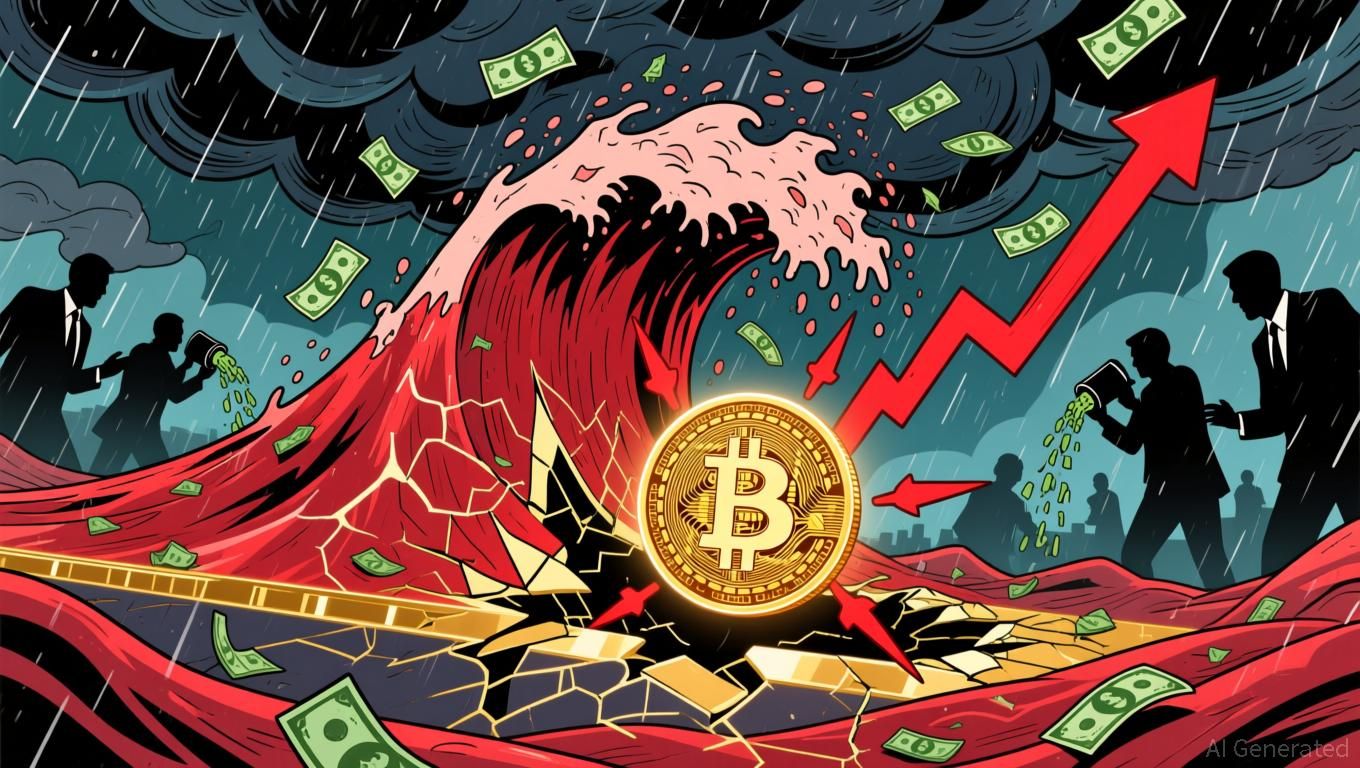Orbs announces dSLTP, first-ever decentralized stop order protocol for DEXs
Orbs has introduced dSLTP, a decentralized system that enables on-chain stop-loss and take-profit orders for DEX users without relying on centralized intermediaries.
Orbs, the decentralized Layer-3 (L3) blockchain, has introduced dSLTP , the first-ever decentralized stop order protocol for DEXs. Built on Orbs’ infrastructure, dSLTP brings reliable, robust, and efficient stop-loss and take-profit execution to decentralized trading, all without compromising security and decentralization.
dSLTP joins the Orbs Advanced Trading Orders Suite, alongside dLIMIT and dTWAP, expanding DeFi’s capabilities with CeFi-grade trading features.
Stop orders are critical tools for strategic trading and risk management. They help traders: protect their portfolio with stop-loss orders that limit potential downside, secure profits through take-profit orders that automatically lock in gains at target levels, and automate execution without needing to constantly monitor the market.
A stop-loss order automatically sells a token once its price drops below a predefined level, helping traders limit losses in volatile markets. Stop-loss orders are essential in fast-moving markets, offering peace of mind and protection. A take-profit order automatically sells once the price reaches users’ target profit level.
When used together, stop-loss and take-profit create a balanced risk/reward strategy, maximizing upside while controlling downside exposure. Until now, such tools were primarily available only on CEXs. With dSLTP, this changes, making advanced order automation accessible directly on DEXs. dStopLoss comes with a specialized UI that can be easily integrated and customized by any DEX.
dSLTP supports both stop-market and stop-limit orders, giving users the ability to set up the optimal configuration that suits their needs. Stop-market orders guarantee that users’ orders will be executed once the stop price is triggered.
However, in fast or volatile markets, slippage can occur, and the executed price may be significantly worse than the trigger price. This means the amount of output tokens received could be lower than expected.
Stop-limit orders protect against receiving a worse price than the specified limit. Once the stop price is triggered, the order will execute only at the limit price or better. The downside is that if the market price falls below the users’ set limit, the order may not execute at all.
Disclaimer: The content of this article solely reflects the author's opinion and does not represent the platform in any capacity. This article is not intended to serve as a reference for making investment decisions.
You may also like
Solana Update: Market Downturn Fuels Altcoin Aspirations While Buybacks Hint at Crypto Revival
- Crypto markets face selling pressure amid macroeconomic uncertainty, with Solana (SOL) slipping below key levels despite ETF inflows. - Emerging altcoins like Apeing ($APEING) leverage whitelist programs to attract early adopters, promising high-conviction growth potential. - Institutional buybacks ($50M by Upexi , $10M by Antalpha) signal confidence in long-term crypto value despite short-term volatility. - Grayscale warns Q4 risks persist despite staking ETF optimism , as AI-driven trading experiments
South Korea's 'First-In, First-Out' Approach to Crypto Intensifies AML Enforcement
- South Korea's FIU intensifies crypto AML enforcement, sanctioning exchanges like Upbit, Korbit, and Bithumb for compliance failures. - A "first-in, first-out" penalty model targets inspected exchanges sequentially, with Dunamu fined $24.35M and operational restrictions in November 2025. - Fines could reach tens of billions of won per platform, aiming to standardize global AML standards while delaying a crypto tax regime until 2027. - The crackdown faces mixed reactions, balancing stricter oversight with

Bitcoin Updates Today: As Bitcoin Falters, AI Partnerships Highlight Changing Market Focus
- Bitcoin's 25% monthly drop tests $80,553 support as 11 U.S. ETFs report $3.79B outflows amid heightened gamma-driven selling and thinning liquidity. - Binance's Richard Teng frames volatility as "healthy consolidation," noting crypto's 100%+ 2024 gains despite macro risks and uncertain Fed policy. - Market makers face amplified swings below $85,000 due to short-gamma positions, while Deutsche Bank links selloff to regulatory stagnation and profit-taking. - Bitcoin Munari's $0.10 token presale and C3.ai's

Ethereum News Update: Ethereum Faces $2,900 Test as $531 Million in Liquidations Threaten $10,000 Ambitions
- Ethereum faces $2,900-$2,700 volatility threshold, with $531M short liquidation risk above and $988M long liquidation risk below. - Bearish momentum intensifies as Binance outflows and $350M daily liquidations accelerate downward pressure below $2,800 support. - Long-term forecasts project $10,000 by 2030 driven by Ethereum 2.0 upgrades, deflationary mechanics, and institutional adoption like BitMine's $11.2B ETH stake. - Aztec's decentralized L2 launch and GENIUS Act regulatory proposals highlight Ether
